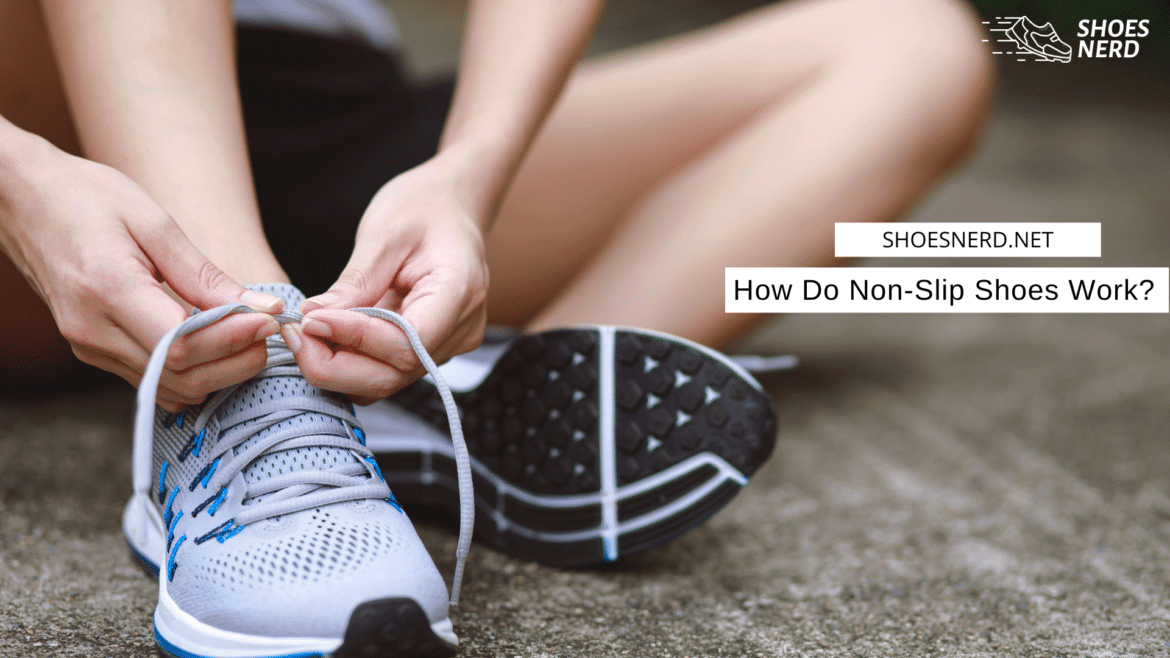Table of Contents
Ever wondered how some shoes keep you steady on slippery surfaces while others leave you sliding around? Non-slip shoes aren’t just a marketing term—they’re a game-changer for comfort and safety, especially in environments like restaurants, hospitals, and wet outdoor spaces. These shoes combine innovative design and advanced materials to grip slick floors and reduce the risk of falls.
In this article, we’ll dive into the science behind non-slip shoes, explore how they provide unparalleled comfort, and help you understand what features to look for when choosing your perfect pair. Let’s step into the details!
What Makes a Shoe Non-Slip?
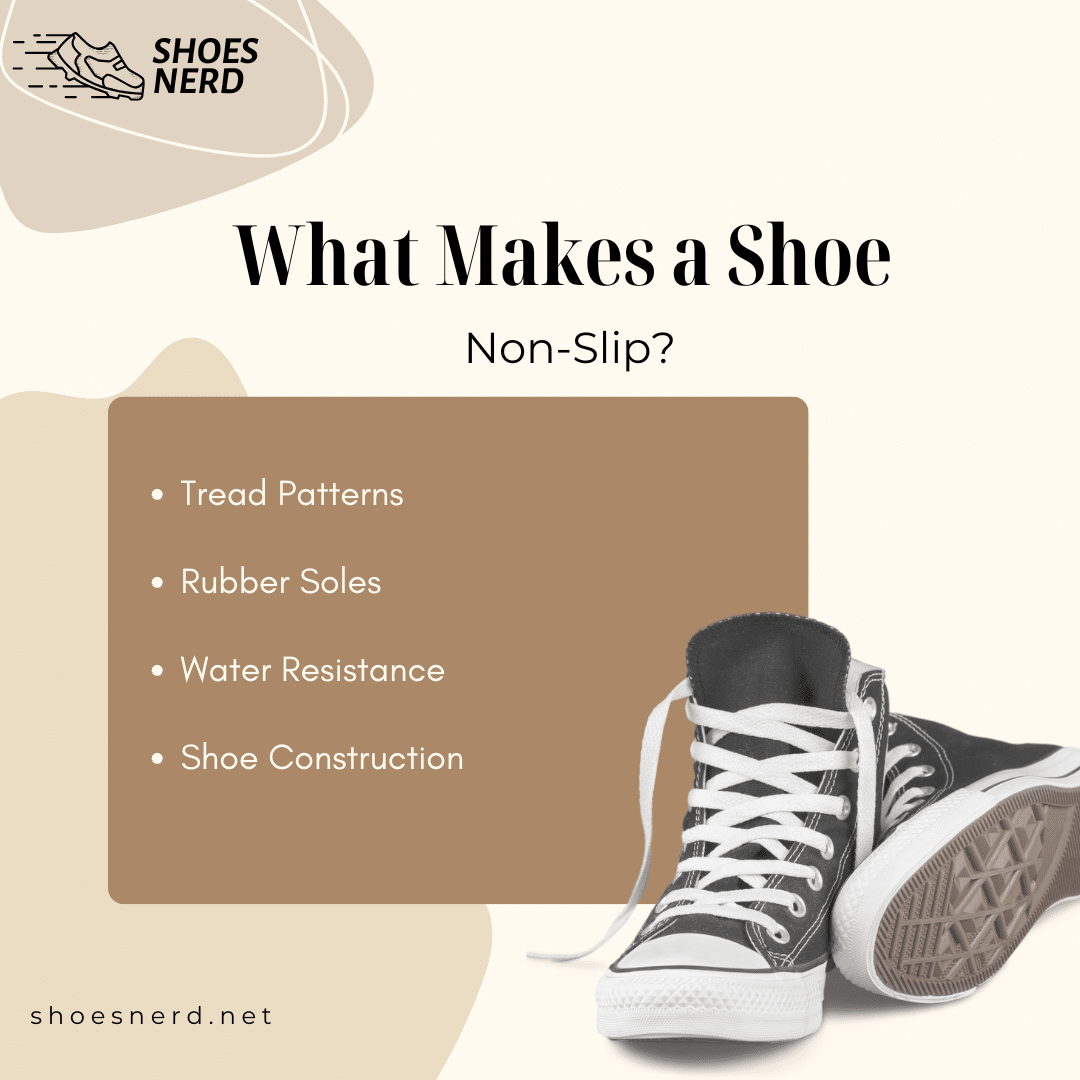
The way non-slip shoes are made and designed with a few essential components in mind determines how effective they are:
Tread Patterns
The sole’s tread patterns are carefully designed to distribute fluids and debris while maximizing stability and surface contact. These patterns frequently contain deep lines, multidirectional channels, and strategic patterns to improve surface stability and grip.
Rubber Soles
A high-quality rubber sole is essential for slip-resistant footwear. Because rubber is naturally sticky, it provides outstanding grip on dry and wet surfaces. Rubber outsoles work especially well at giving stable footing on greasy and damp terrain.
Water Resistance
Materials that repel moisture are a common feature of non-slip shoes. This function provides additional protection against slips brought on by damp weather and keeps the feet dry.
Shoe Construction
Durability and practicality are prioritized throughout the construction of non-slip shoes. The ergonomic design reinforced stitching, and many layers of materials all help ensure comfort and long-term wearability.
If you want to learn how to wash shoes in the washer easily, check out our easy cleaning guide. It contains step-by-step instructions and helpful tips for keeping your shoes looking fresh and clean. Learn more about washing shoes in the washer.
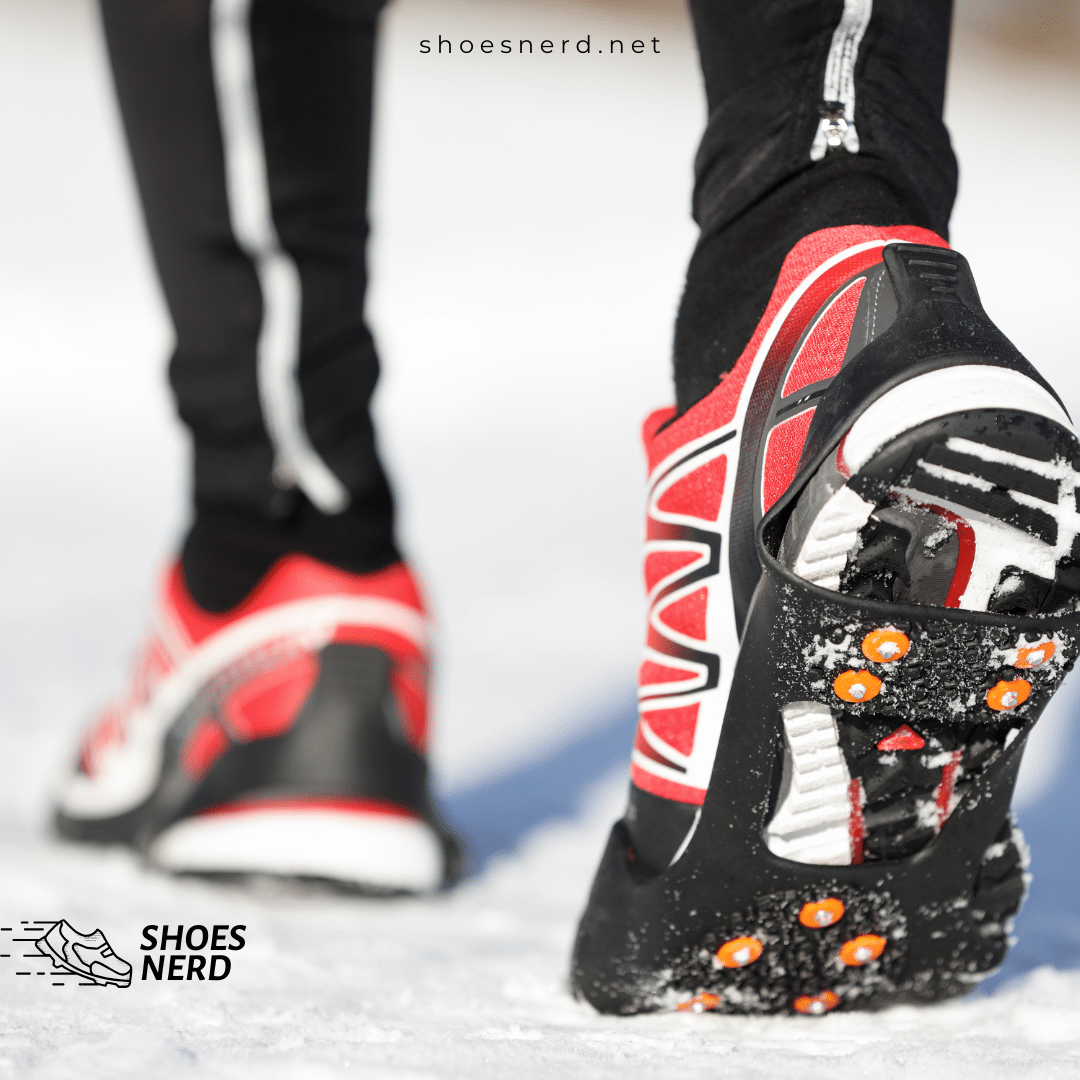
Finding non-slip shoes requires closely examining a few key features
Product Description
Manufacturers frequently highlight slip-resistant footwear in their product descriptions. To confirm the shoe’s intended use, look for terms like safety footwear, premium quality, and non-slip soles.
Take a look at the tread patterns on the sole. A shoe that improves grip and reduces slippage will have well-defined grooves and patterns.
Rubber Outsoles
Press the sole to feel its texture. Rubber outsoles are generally more flexible and sticky than those made of other materials, giving a firm grip on various surfaces.
Slip-resistant versus non-slip
Although “non-slip” and “slip-resistant” are frequently used together, there may be significant differences based on the manufacturer’s standards. Both words often refer to footwear designed to increase traction and avoid slips and falls. When deciding between non-slip and slip-resistant alternatives, consider the particular requirements of your surroundings and the necessary amount of grip and traction.
Benefits of Wearing Non-Slip Shoes
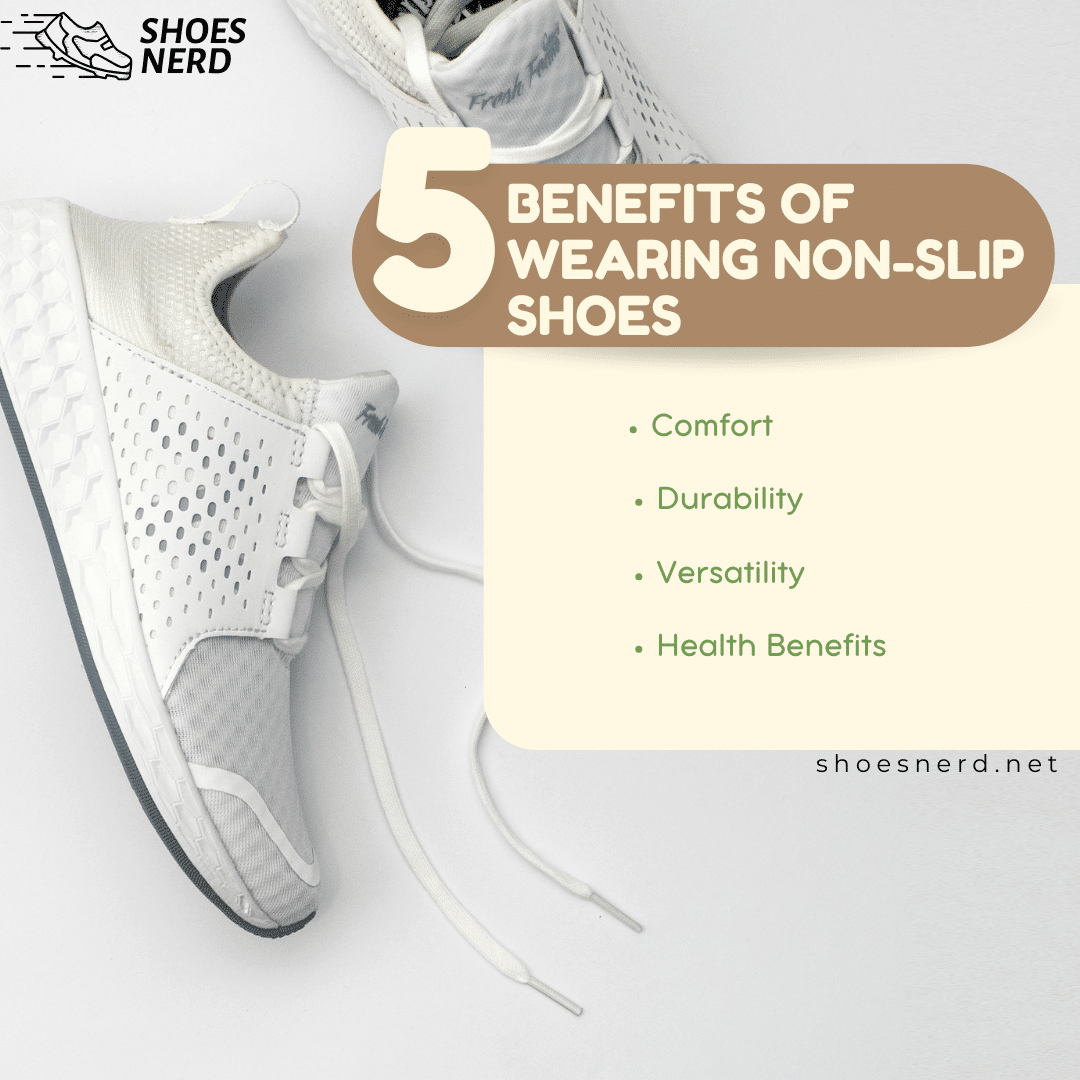
Non-slip shoes are beneficial for safety because they can avoid falls and slides. This is especially important in work environments where workers come into contact with damp, greasy, or slippery surfaces.
Comfort: Ergonomic shapes, padded insoles, and breathable materials that encourage all-day wearability are characteristics of high-quality, non-slip shoes.
Durability: The materials used to construct these shoes are strong enough to endure regular wear and tear. Robust soles, superior materials, and reinforced stitching contribute to long-lasting performance.
Versatility: Non-slip shoes are adaptable and appropriate for various settings outside of the office. These shoes provide dependable grip and protection when crossing wet sidewalks, hiking trails, or working in challenging environments.
Health Benefits: Non-slip shoes improve worker well-being and workplace safety by lowering the chance of slips and related accidents.
Selecting the Proper Non-Slip Footwear
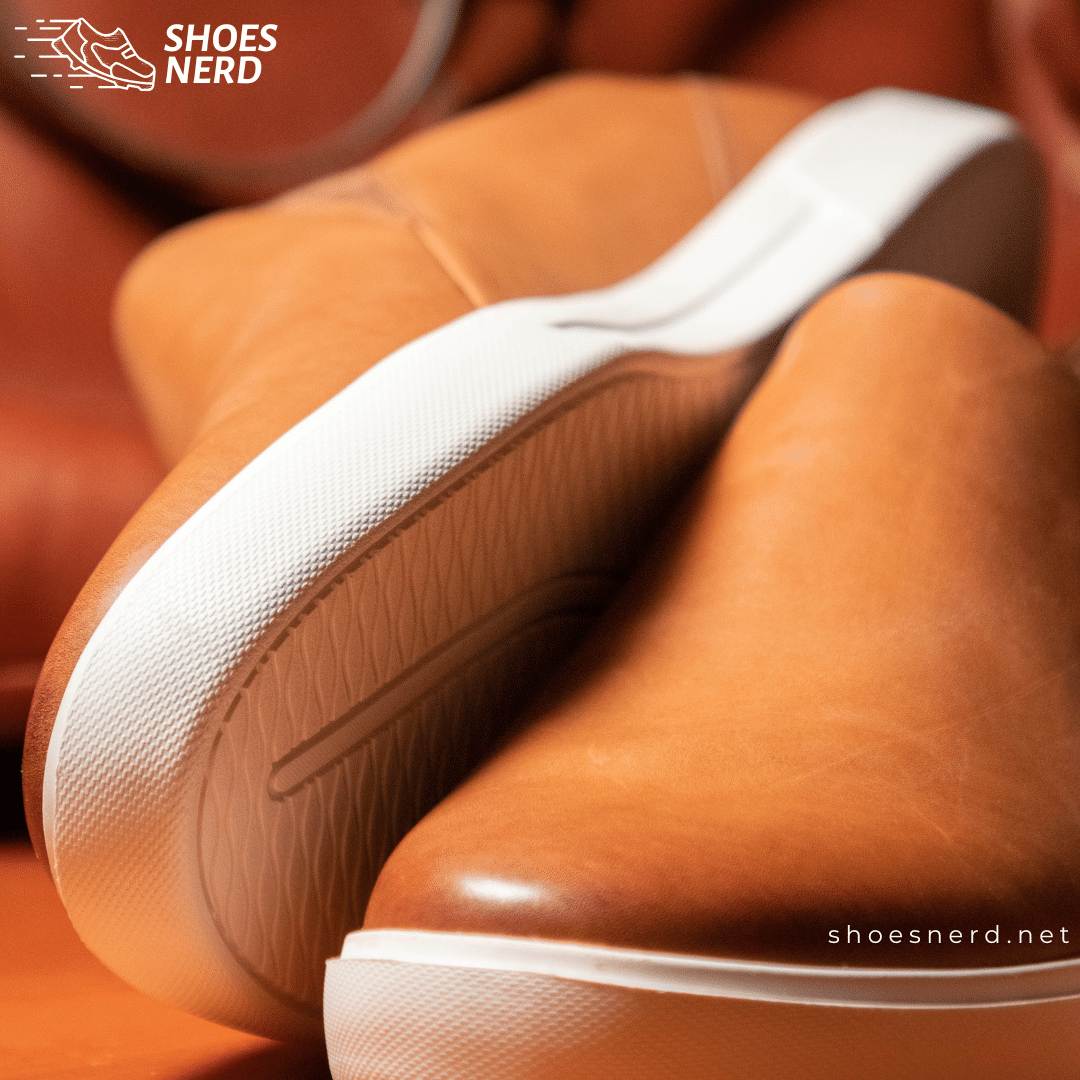
Think about the following while choosing non-slip footwear:
Setting: Evaluate the unique risks associated with your place of work or intended use. Assess if the shoes must resist oils, water, or additional substances.
Fit and Comfort: Make sure the shoes are comfortable and offer enough support. Comfort elements like breathable linings and cushioned insoles improve wearability.
Material Quality: For slip-resistant footwear, choose shoes of premium materials renowned for their longevity and effectiveness.
Brand Reputation: Opt for respectable companies with a history of manufacturing trustworthy safety footwear. Manufacturers prioritizing safety and innovation are more likely to offer effective non-slip solutions.
Conclusion
In summary, non-slip footwear is essential for preserving comfort and safety in areas with slick floors. Their design guarantees Improved grip and traction, including rubber soles, water-resistant materials, and specific tread patterns. People can choose wisely to prevent slips and falls by knowing what characteristics make a shoe non-slip and how to spot them. Non-slip shoes provide dependable safety and comfort, whether used for personal use in daily environments or for professional use in kitchens and hospitals. Wearing appropriate footwear while working reduces workplace hazards and fosters a safe and productive atmosphere for everyone.


